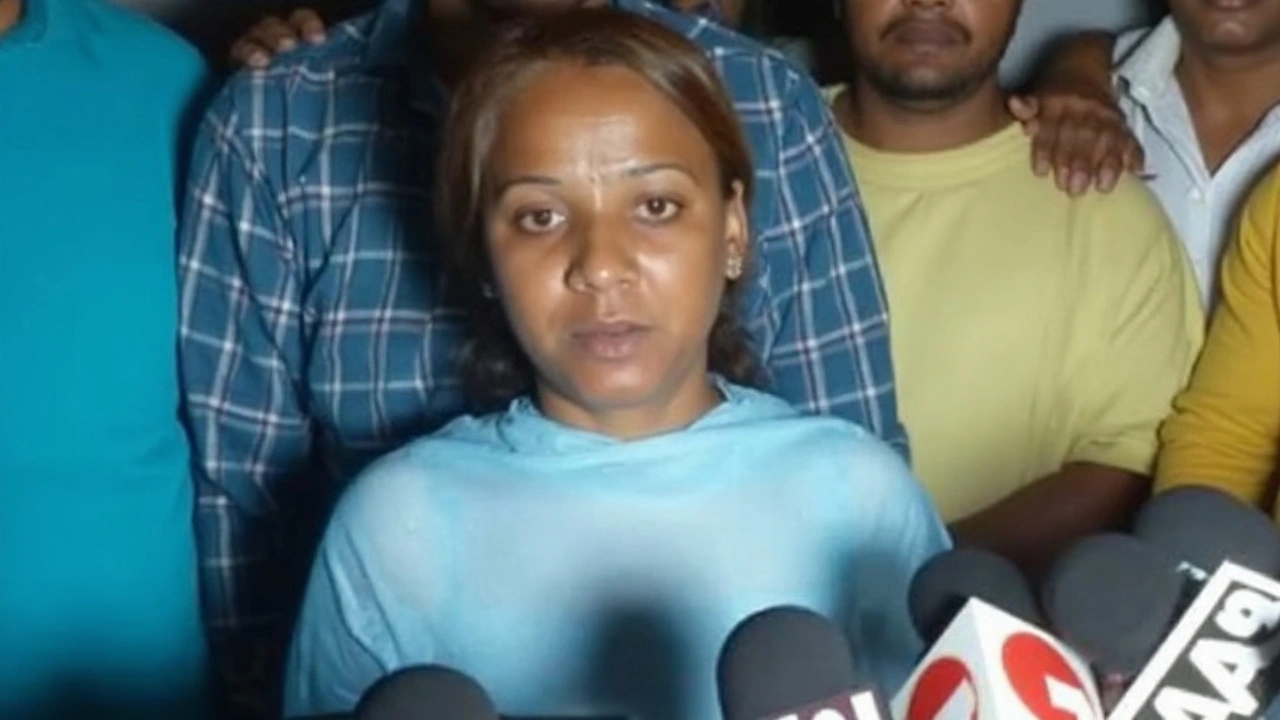NIA (राष्ट्रीय जांच एजेंसी) – परिचय
When working with NIA, भारत की राष्ट्रीय जांच एजेंसी, जो आतंकवाद, संगठित अपराध और गंभीर सुरक्षा मामलों की जाँच करती है, also known as National Investigation Agency, you encounter a body that collaborates closely with आतंकविरोधी एजेंसियाँ, जिनका काम सुरक्षा खतरों को रोकना और दमे रहने वाले समूहों को ध्वस्त करना है and relies on इंटेलिजेंस नेटवर्क, सुरक्षा एजेंसियों और निगरानी प्रणाली से मिलने वाले सूचना स्रोत to build a case under कानूनी प्रक्रिया, प्रमाण, न्यायालय की अनुमति और प्रक्रिया के नियम. This shows the semantic triple: NIA requires intelligence, intelligence influences legal process, and legal process validates NIA’s actions.
The core mission of NIA is to investigate and prosecute terrorist acts that cross state boundaries. It was set up after the 2008 Mumbai attacks, so it deals with crimes that affect national security. The agency’s power to take over cases from local police creates a direct link: NIA encompasses anti‑terror investigations, and it often works alongside state police and central agencies.
NIA के मुख्य कार्य और सहयोग
First, NIA identifies threats through सूचना संग्रह, श्रोतों से मिलने वाले डेटा, इलेक्ट्रॉनिक ट्रैफ़िक और मानव जानकारी. Second, it coordinates raids and arrests with पुलिस और सीमा रक्षा बल, जिनकी ज़िम्मेदारी स्थलीय और सीमायी सुरक्षा है. Third, the gathered evidence is presented in courts following the आपराधिक प्रक्रिया संहिता, जो न्यायिक प्रक्रिया को नियंत्रित करती है. These connections form another triple: NIA collaborates with police, police provide operational support, and the criminal procedure code governs the trial.
When a terrorist network is uncovered, NIA’s intelligence wing shares real‑time updates with the Ministry of Home Affairs. This sharing ensures that policy makers can adjust security alerts quickly. In turn, the Ministry allocates resources for surveillance, showing the triple: Intelligence feeds ministries, ministries allocate resources, resources empower NIA.
Another important aspect is public awareness. NIA regularly releases press statements to inform citizens about ongoing threats and safety measures. These communications help build community vigilance, which the agency counts on during investigations. Hence, the relationship: NIA informs public, public reports suspicious activity, reports assist NIA.
Technology also plays a big role. The agency uses forensic labs, cyber‑crime units, and satellite imagery to trace financial trails and digital footprints. Modern tools make the investigative cycle faster, creating the link: Advanced tech enables evidence collection, evidence supports prosecution, prosecution strengthens national security.
Training and capacity building are continuous. NIA officers attend courses on counter‑terrorism, legal drafting, and international law. This up‑skilling ensures that the agency can handle complex cross‑border cases, forming the triple: Training improves skills, skills enhance investigations, investigations protect citizens.
All these elements—intelligence, collaboration, legal framework, technology, and training—make NIA a pivotal institution in India’s security architecture. Below you’ll find the latest news, analysis, and updates that illustrate how NIA operates in real time, how its decisions affect the nation, and what trends are shaping its future work.
गया में पूर्व JDU MLC मनोरमा देवी के घर NIA का छापा: माओवादी संपर्कों की जांच में बड़ा कदम
गया में पूर्व JDU MLC मनोरमा देवी के घर NIA ने माओवादियों के साथ संबंधों की जांच में छापेमारी की। उनके निर्माण प्लांट समेत 5 ठिकानों पर लगातार घंटों संदेह के आधार पर तलाशी चली। मनोरमा देवी ने दावा किया कि उनके पास पैसों का पूरा हिसाब-किताब है। छापे ने बिहार में सफेदपोशों की भूमिका पर बहस छेड़ दी है।
और देखें




